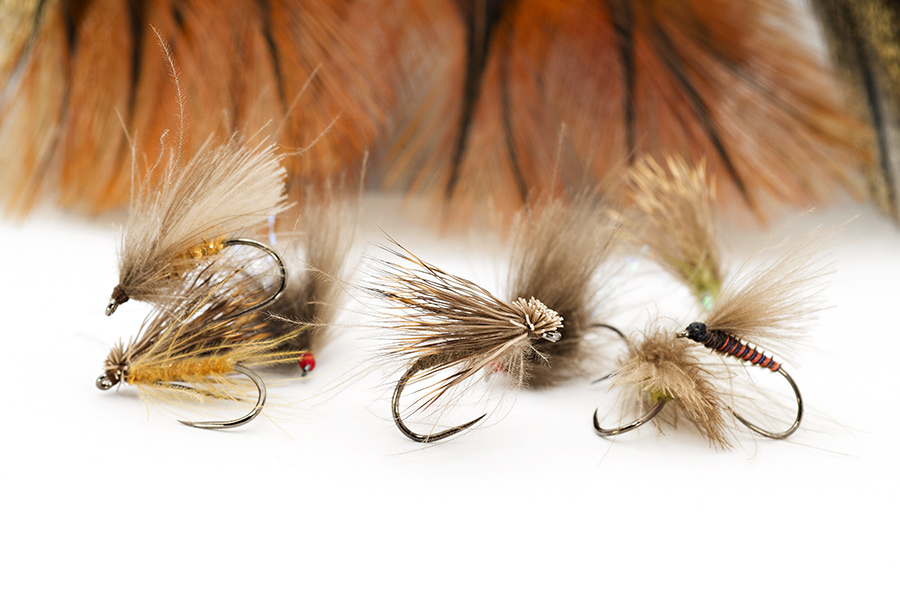
These 5 CDC Sedges are my best sedge flies. I have them in my box and I never go out on a river without these flies tied in all kind of sizes. All of them work great on all waters from Europe from late Spring till first part of Autumn. Some of them are still great even late in Autumn and in the first part of the Winter time.
Each of them are great on special rivers depending of speed, color of river bank and turbidity. How to chose the right pattern is depending of each fisherman experience and how to “read the local water”. I will share my experience in choosing these flies bellow, probably will help the beginners 🙂
Fork CDC Sedge
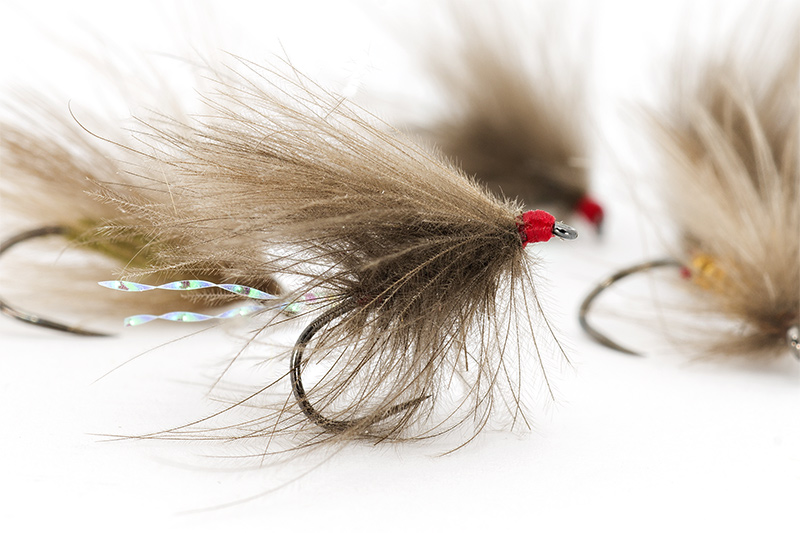
*perfect for strong rivers with strong currents
*great for waters colored in dark ( moor river bank with acid soil )
*I use it in the stronger parts and in rapid stretches
*I use it as a dry in free floating, drift using Leisenring technique
*works fantastic as a wet fly , kind of swimming caddis ( I cast it down and across combined with Leisenring technique )
Green CDC Sedge
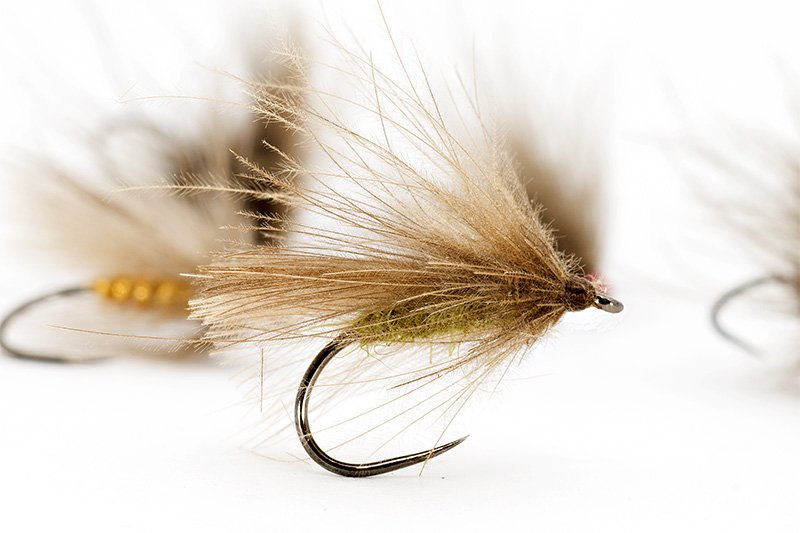
*perfect for medium flowing rivers
*great for waters with calcareous gravel (basified soil ) but also on neutral waters
*I use it in the tails of the rapid stretches
*I use it as a classic dry fly in free floating and sometimes in drift using Leisenring technique
*is not the best if goes completely wet and for this reason I prefer to dry it with Amadou as much as possible
Cinnamon Sedge
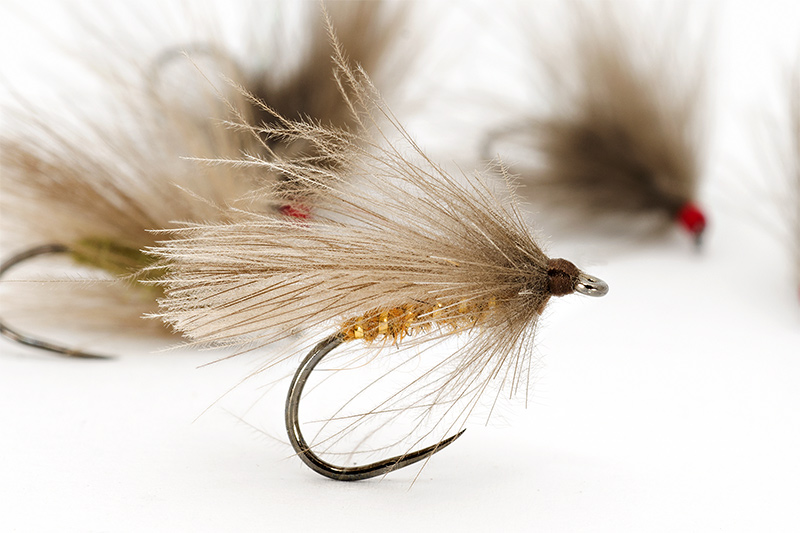
*perfect for small and medium rivers and lake fishing too
*great for waters with light small gravel (basified soil ) but also on neutral waters, calcareous soil or granite mixed with freestones rocks
*I use it in slow running parts, medium parts and even in fast flowing segments of the rivers
*I use it as a classic dry fly in free floating and sometimes I “active” the fly using short pulls
*is effective even when goes wet and sink a little bit under the water surface
Grey CDC and Deer Hair Sedge
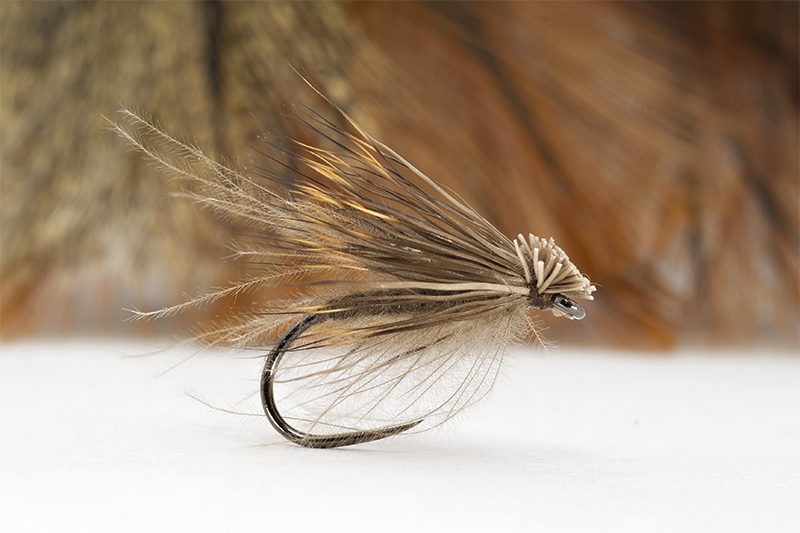
*perfect for medium and large rivers
*great for waters with all kind of river banks, it is a great searching pattern
*I use it in fast running parts, and if is tied small works great in medium-slowing parts too
*the fly works great as free floating fly and can be combined with Leisenring technique and gives great success
*I often pull it under the water surface when the line is in tension then I let it float up, it is inducing the fish attack
Black F Fly variant
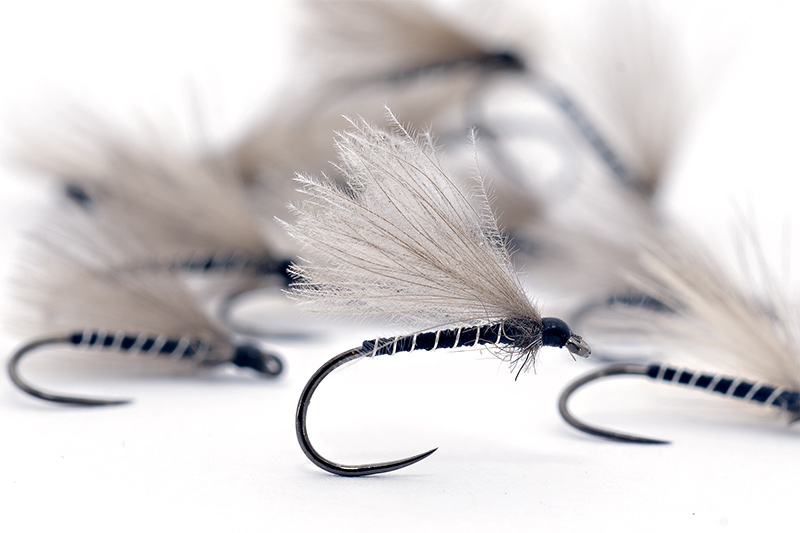
*perfect for small and medium rivers
*great for waters with all kind of river structure but usually in light colors and very clear
*I use it in medium and slow parts
*the fly works great as free floating fly
*I prefer to use it with very long leaders to let the fly to float as free as possible and I try it to not move it on the water

May 4, 2023
Could you please explain furthur the Leisenring technique you’ve mentioned above?
May 4, 2023
Hi,
It is a simple technique derivative from wet fly fishing style.
1.Cast up stream to let the fly flow with the current
2.Let the fly to flow free
3.Avoid slacks in the line as the fly approaches,
4. When the fly arrives at the end, lower the rod tip to add slack as the fly goes downstream, usually the trout hit the fly in this moment. If not then lift the rod gently and move the rod on the side to help the fly to make a curve and to swim outside from the current- it is one of the decisive moment when trout hit the fly almost all the time.
cheers.
May 8, 2023
Thank you so much for your quick reply. This trick sounds really good, I will try it next time I use caddis fly
May 8, 2023
with pleasure, the technique can be used with dry flies, wet flies, streamers and nymphs 🙂
cheers